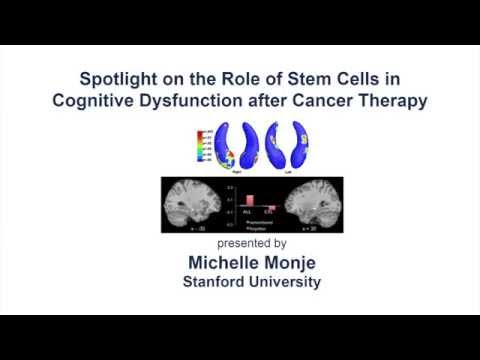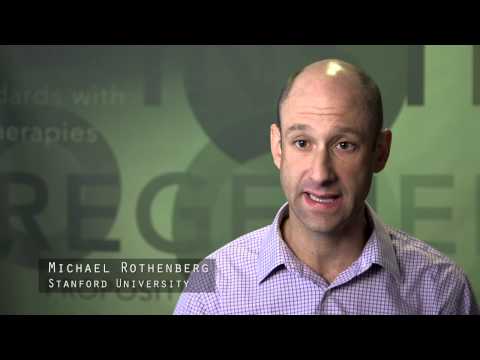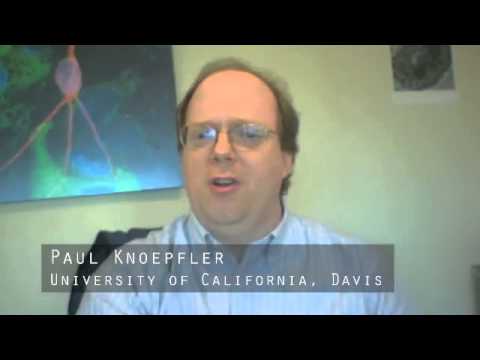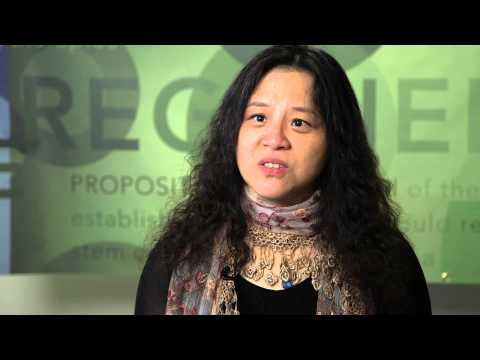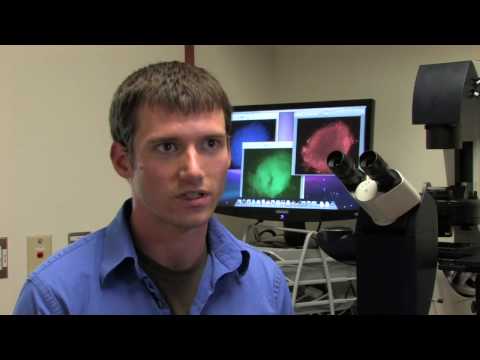Melanoma Fact Sheet
CIRM funds many projects seeking to better understand melanoma and to translate those discoveries into new therapies.
Description
Worldwide, more than 160,000 new cases of the skin cancer melanoma are diagnosed each year. The vast majority are caught early enough that they can be cured by surgery. But when this tumor spreads—becomes metastatic—it becomes highly resistant to most current therapies and results in 50,000 deaths around the world each year. These deaths represent 75 percent of all the deaths caused by skin cancer. In the U.S., melanoma has the fastest rising incidence of any cancer.
When it is isolated to one area Melanoma is usually susceptible to the specialized cells in our immune system that seek out and destroy cancer cells. But when melanoma becomes metastatic there just are not enough of these specialized cells to keep up. Many years of research on ways to rev up this natural defense have produced only very limited results. Since our earliest round of research grants in 2007 California’s stem cell agency has been funding scientists at the University of California, Los Angeles, to find ways to use stem cells to provide sufficient numbers of these immune cells to fight the cancer over the long-haul. (The full list of CIRM awards for this work is below.)
The specialized immune cells use a protein called the T-Cell Receptor (TCR) to seek out and recognize cancers. Early CIRM funding allowed the researchers to see if they could add TCR genes to a group of immune cells that lack the protein, to see if that could help boost their cancer-fighting abilities. This work also provided important clues on how to create immune cells from stem cells, something that would be useful in a clinical trial. Other work looked at the best ways to introduce the TCR gene into stem cells.
Clinical Stage Programs
University of California, Los Angeles
This team plans to use gene modification technology to create two types of cells that have T-Cell Receptors that specifically target melanoma or other metastatic cancers. They hope to provide patients with modified mature immune cells designed to efficiently seek out and destroy the tumor, as well as blood-forming stem cells that have been modified so that they can produce a perpetual supply of immune cells capable of recognizing melanoma or other metastatic cancers. They are conducting the pre-clinical testing and plan to file an Investigational New Drug (IND) application which is required by the FDA to test new therapies in clinical trials.
CIRM Grants Targeting Melanoma
| Researcher Name | Institution | Grant Title | Grant Type | Award Amount |
|---|---|---|---|---|
| Dr. Antoni Ribas MD/PhD | University of California, Los Angeles | Genetic Re-programming of Stem Cells to Fight Cancer | Disease Team Therapy Development – Research | $14,144,221 |
| Total: $14,144,220.76 |
CIRM Cancer Stem Cell Videos
Find Out More:
Stem Cell FAQ | Stem Cell Videos | What We Fund


